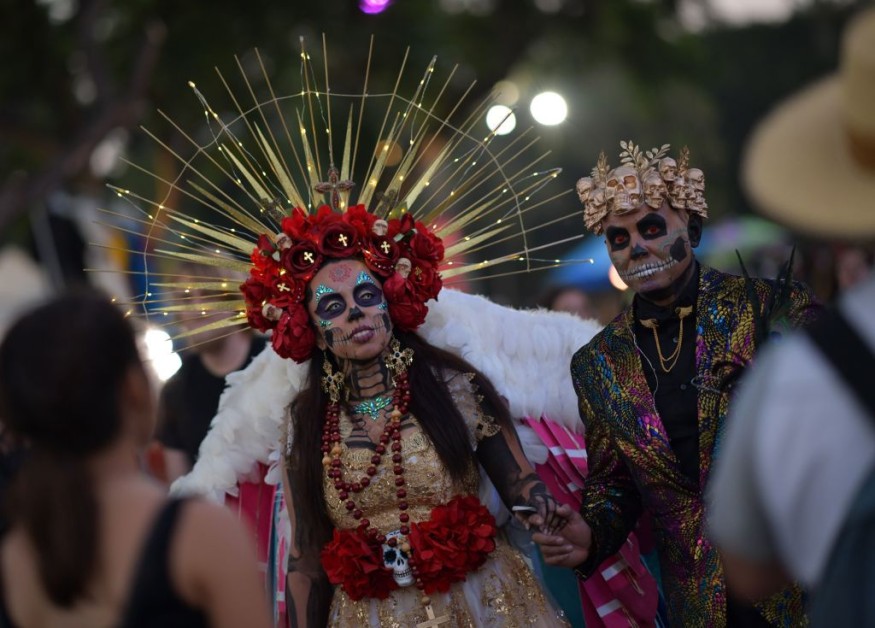Mexico's Day of the Dead: A Colorful Way to Mourn the Dead and Celebrate Life

The Day of the Dead, also known as Dia de Los Muertos, is one of Mexico's most colorful holidays, where Mexican families welcome back the souls of their loved ones who have passed away.
They would put on some costumes and makeup and have plenty of eating, drinking, and celebrating. Simply put, the Day of the Dead is not just a celebration of those who are dead, but also of life, as relatives fondly remember their loved ones.
The name is also a misnomer of sorts, as this holiday is typically not celebrated in just one day. Sometimes, it is celebrated in two, and sometimes, even three days!
Traditionally, this holiday is celebrated from November 1-2, which are All Saints Day and All Souls Day respectively in the Catholic tradition. However, more modern celebrations also include October 31, which, of course, is Halloween.
According to the History Channel, tradition dictates that the gates of heaven are opened at midnight on October 31, and the spirits of children can rejoin their families for one day. On November 2, it is the turn of the adults.
Day of the Dead: Traditions and Rituals
During the Day of the Dead, families often build altars and make offerings or "ofrendas" to the souls of their dearly departed. These include candles, flowers, and personal possessions.
According to Culture Trip, on November 1, children are offered toys and sweets. When November 2 rolls, adults are offered a variety of items, such as alcohol, cigarettes, and football jerseys. However, the most common offerings are often flowers, most notably marigolds, as well as a sweet bread canned pan de muerto.
Families also buy or make sugar skulls to add to the altar. There are plenty of versions of these sweet treats, with some being made of chocolates, while some are made of biscuits. Names of the deceased are also often written on these skulls. According to Google Arts and Culture, decorating these sugar skulls is a tradition and is often a gift for children.
Families also display clothed, decorated, and colorful skeleton figurines called calacas. These are often associated with sugar skulls and are often dressed in traditional Mexican dresses and styles.
Finally, families also hold vigils on the side of the graves of their loved ones. They pray for their souls, light candles, and offer flowers.
The Origins of the Day of the Dead in Mexico
Day of the Dead is a mix of Catholicism, Mesoamerican rituals, and Spanish culture. It gets its European roots from pagan religions. These celebrations of the dead often include bonfires, dancing, and feasting.
Catholics then adopted these customs and later became All Saints Day and All Souls Day. In Spain, they added bringing wine and spirit bread to the graves of loved ones on November 2, and offering up candles and flowers.
Conquistadors from Spain then brought these traditions to Mexico, where it mixed with Mesoamerican rituals, culminating into what we have today.
This article is owned by Latin Post.
Written by: Rick Martin
WATCH: What is Day of the Dead? - ReligionforBreakfast
Subscribe to Latin Post!
Sign up for our free newsletter for the Latest coverage!
© 2025 Latin Post. All rights reserved. Do not reproduce without permission.














